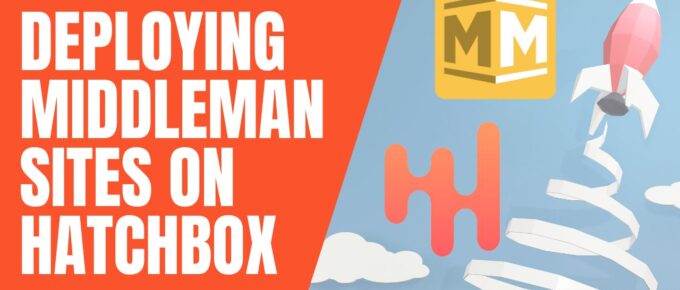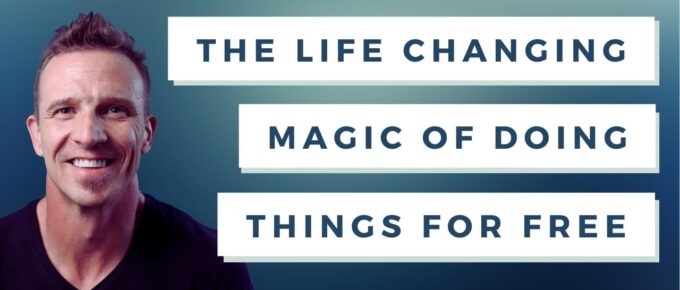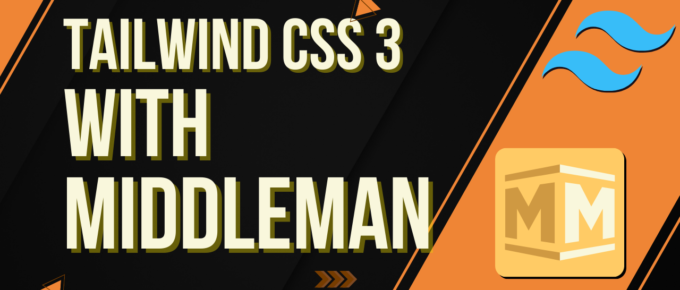This is the story of how I bootstrapped Caster.IO to $7,500 MRR with WordPress and without writing any code. At the peak of Caster.IO it was pulling in 16K MRR with profit margins in the 60-70% …
Continue Reading about Bootstrapping to 7k MRR with WordPress and No Code →





